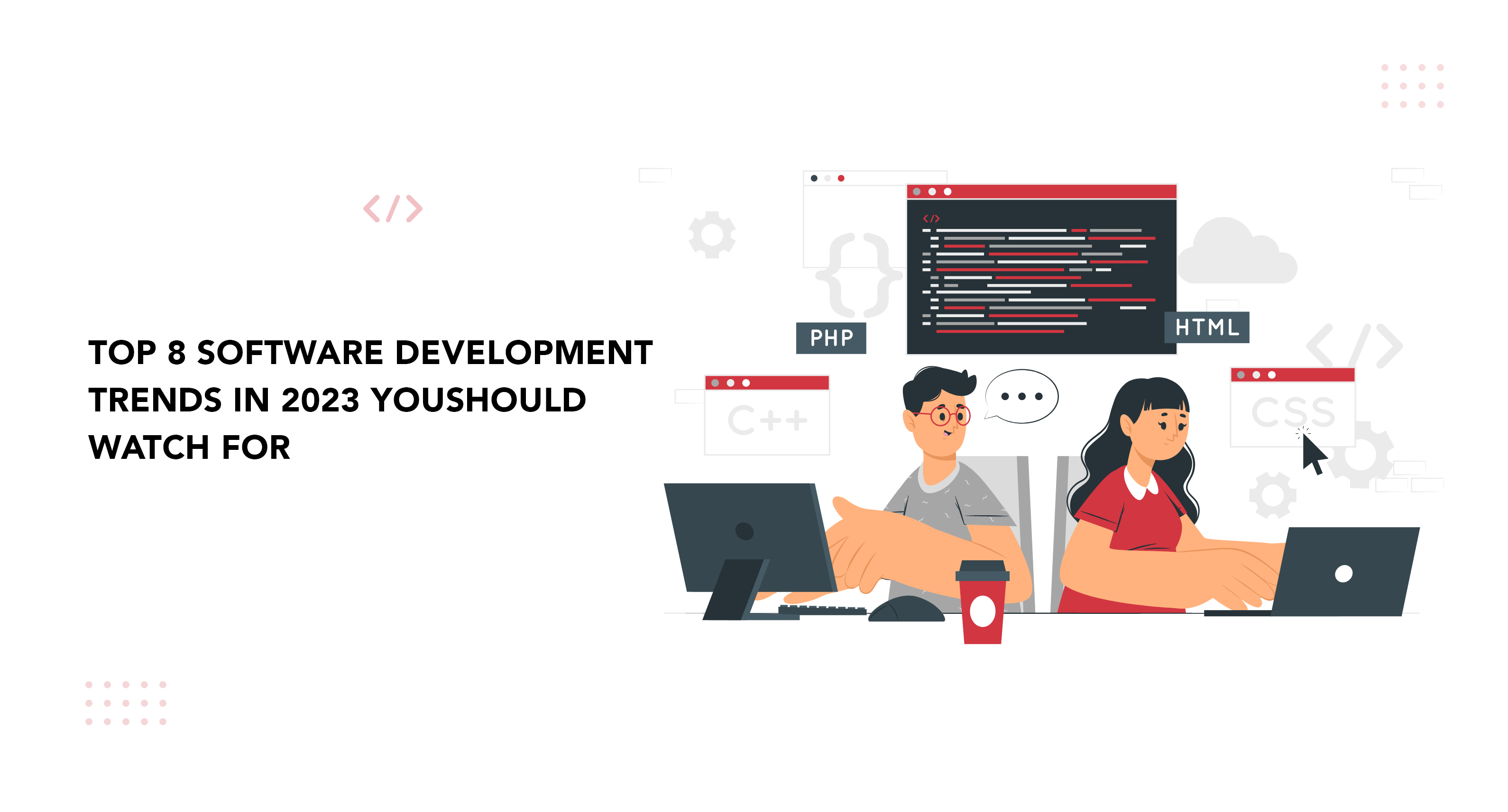The field of software development has undergone a profound transformation as a result of the advancement of modern technologies. To remain competitive in the next-generation world, businesses must adapt to these developments.
Mobile app development company Dubai have had to prioritize their digital transformation efforts more quickly to compete in an increasingly competitive market during the past two years. The need for new digital goods has increased due to consumer preferences shifting toward customized, dynamic online experiences. This demand has translated into a need for new software, which has given rise to new trends in software development.
We’ve compiled a list of the top software development trends relevant to the software business through 2022 and beyond to ensure you’re up to speed on the most recent developments. In 2023, the following software trends will be most prominent.
1. DevSecOps
DevSecOps, or “development plus security plus operations,” is a methodology that integrates infrastructure as code (IaC), application development, security, and operations into an automated continuous integration/continuous delivery (CI/CD) pipeline.
DevSecOps’ primary goal is to automate, track, and apply security at all software lifecycle stages, including planning, developing, building, testing, releasing, delivering, deploying, operating, and monitoring.
Every stage of the software development process should incorporate security since it promotes CI/CD, lowers compliance costs, and speeds up product delivery. Look for a custom software development Dubai that is expert enough to utilize this latest trend.
2. Low-code and no-code development
The forthcoming trends in software development comprise no-code and low-code. Software Developers will develop more and more applications in the future, utilizing low- and no-code platforms, which will offer the necessary governance for development across business functions.
We will nostalgically recall how we had to rely on a professional coder for even the most basic app creation in a few years when we look back on the “good old days” in the past. Low-code and No-code programming is quite helpful.
3. Blockchain
The impression or protocol that supports the blockchain’s operation is blockchain technology. Cryptocurrencies like Bitcoin are made possible by blockchain technology, much like email is made possible by the Internet.
Blockchain technology is an outline for storing public transactional records across several records in a network connected by peer-to-peer nodes. This type of storage is often referred to as a “digital ledger.”
Every transaction in this ledger is validated and protected against fraud by the owner’s digital signature, which also serves to authenticate the transaction.
4. Cloud Computing Technology
Cloud computing is frequently used in a business data center to perform tasks remotely via the Internet. Enterprise application deployment has shifted to the cloud, and even those who have previously developed systems are doing so.
Various services are carried through the Internet using cloud computing. Cloud-based storage allows you to store files in a remote database rather than a proprietary hard disc or local storage device. Omnichannel Marketing
Omnichannel marketing, e-commerce, and customer experience strategies enable customers to have the same experience when dealing with a company, whether you communicate with them online, in-store or branch, on the phone, or in any other way.
An approach to user experience called omnichannel experience design emphasizes the total quality of customer and brand engagement rather than simply a particular type of exchange on a single channel.
Instead of multi-channel marketing, ‘omnichannel’ requires the designer to create a strategy that addresses every potential consumer encounter and offers an inclusive solution rather than focusing only on the most prevalent channels like websites and mobile apps.
5. Internet of Things
The idea behind the Internet of Things is to link any gadget to the Internet and other similar devices. The Internet of Things (IoT) is a vast network of interconnected devices and people, all gathering and exchanging information about their environments and how they are utilized.
For example, wearable fitness equipment that records your heart rate and the number of steps you take each day and uses that data to create personalized training regimens for you. Even linked footballs can monitor how far and quickly they are thrown and record those facts using an app for future practice.
6. Quantum Computing
A growing number of businesses and governments are investing in quantum computing, which uses the principles of quantum physics (superposition, interference, and entanglement) to execute computations.
While the hardware and software for quantum computers are still in their infancy, businesses should be aware of this new technology to comprehend its potential in the future.
7. Cybersecurity
The global community is fending off fraudsters’ constantly evolving digital assaults. Some hackers steal and resell consumer personal information. Cybersecurity is a discipline that seeks to counter attacks against sensitive data and vital systems.
Modern software development like mobile app development company Delhi combines artificial intelligence, machine learning, and sophisticated analytics to combat cyber dangers or lessen their effects when they arise. Penetration testing, digital forensics, white mobile hacking, and other standard cybersecurity solutions are available.
Conclusion
In comparison to other industries, software development technologies evolve the fastest. The cause is the widespread application of software technology across many sectors, including healthcare, automation, education, accountancy, and many other areas.
A worldwide economy that will continue to develop and expand in 2023 results from the fusion of technology and business. The need for software development expertise will increase during the next few years. Due to lacking IT talent, many developed-world businesses outsource their software development requirements.

